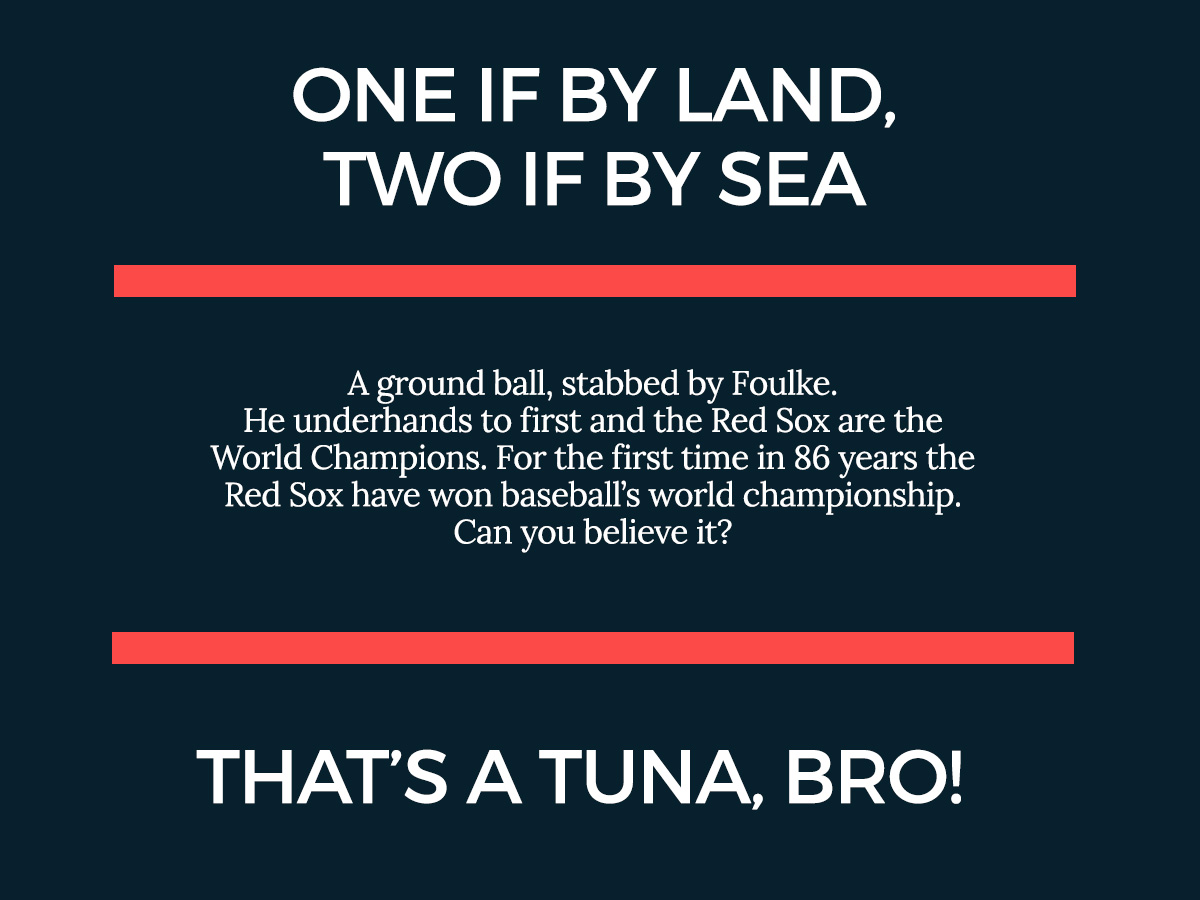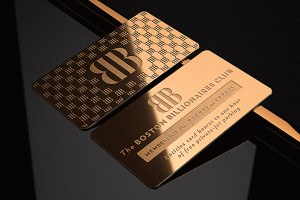How Do You Pick a Typeface for Boston?

Illustration by Kyle Clauss
What is Boston, stylistically? Is it the Red Sox “B,” or the spoked one adorning Bruins sweaters? Is it blue and yellow for the Marathon? Sky blue and yellow for the city’s flag? Or better yet, red, white, and blue for Boston’s pivotal role in the American revolution? When Boston speaks, is it in a distinguished, serifed typeface harkening back to its Brahmin days? Or, true to its growing innovation sector and cutting-edge universities, sleek and slim?
These are the myriad considerations Mayor Marty Walsh’s Digital Initiatives team took into account while revamping the city’s website. The redesign gained initial attention when, after soliciting feedback from citizens, added a few tabby cats for good measure. (In jest, of course.)
@chipgoines is this a good amount of cats or nah? pic.twitter.com/iTGbU1HRaS
— City of Boston (@CityOfBoston) January 12, 2016
The Digital Team, which collaborated with global design firm IDEO, unveiled last week the typefaces it would use to craft the new Boston.gov, along with an aptly named color palette: Snow White, Charles Blue, Optimistic Blue, and Freedom Trail Red.
“In redesigning Boston.gov, our goal is to create a place that feels approachable, open and inviting, with clear paths to find information, get something done, and take action,” says Lauren Lockwood, the city’s chief digital officer. “While it’s important that Boston.gov always come across as official, we also believe it can (and should) be approachable and welcoming for constituents. The visual identity should feel official and also express the humanity of the City.”
Given Boston’s love for the color red in all its shades—Boston University scarlet, Harvard crimson, Citgo sign ruby, Red Sox…red—the lighter, almost salmon Freedom Trail Red is a surprising choice.
“We wanted to create an ownable color. A color that felt familiar to the city, but that was also eye catching,” says Nick Dupey, IDEO Cambridge design director. “A color that could set itself apart from some of the more recognizably ‘Boston’ hallmarks, like the Citgo sign or the Red Sox logo for instance. We decided to look at known physical paths of the city as inspiration (for example the Freedom Trail in downtown Boston or the brick streets of Beacon Hill) and as an homage to heritage as we see the website as a virtual path to its citizens.”
The Greater Boston area holds a special place in typeface design; Matthew Carter—London-born creator of early digital typefaces like Verdana, Georgia, and Tahoma—resides in Cambridge. Type giant Monotype, which counts Helvetica and Univers among its library of 20,000 fonts, is based in Woburn. For this project, the city and IDEO selected Lora, a contemporary serif developed by Cyreal; Montserrat, developed by Julieta Ulanovsky; and Berthold Akzidenz Grotesk.
“We were looking for something that spoke to the rich history of Boston while also having its vision firmly rooted in the progressive, forward-looking nature of the citizens,” Dupley says. “We used Akzidenz Grotesk for the primary mark because it is a typeface that is rooted in the advent of modernist design. It has a timeless feel but is also filled with quirks that its successor Helvetica ironed out. By extension, we went with a complementary typeface for the web— Montesarrat—a Google font that has odes to the rational geometry of both Gotham and Futura, but is as quirky and trailblazing as Akzidenz Grotesk.”
You can check out the new Boston.gov, currently in beta, here.


